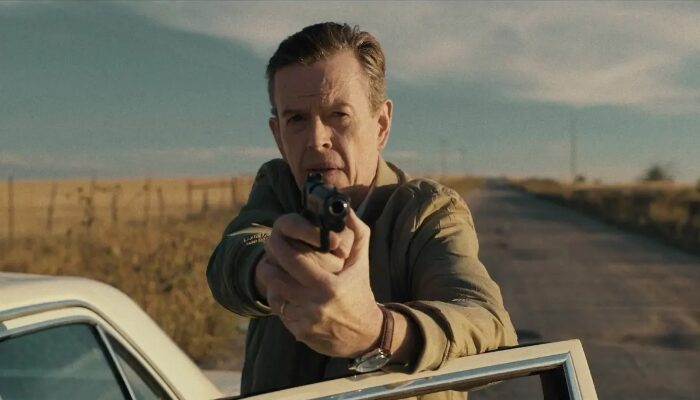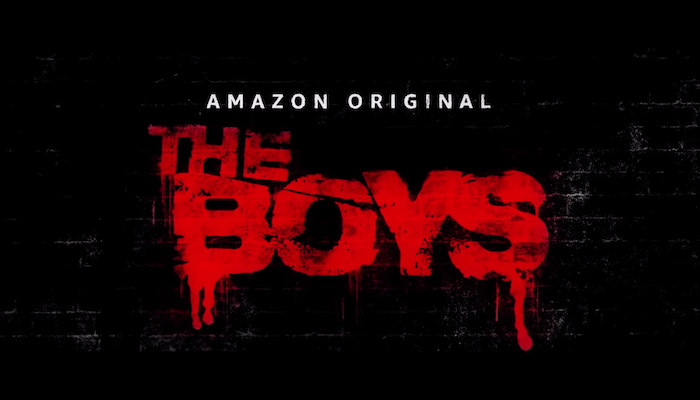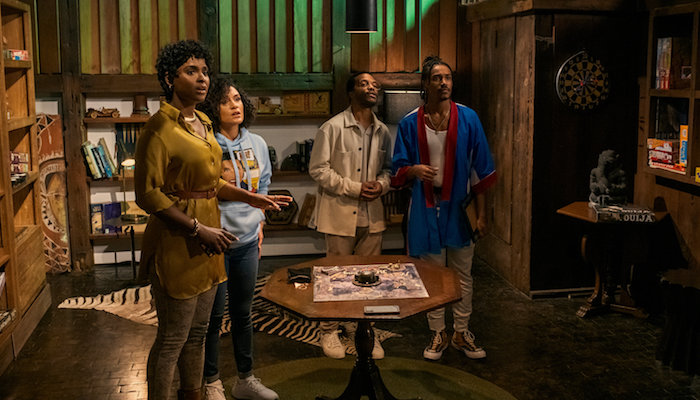Film Review: LEAVE NO TRACE: Boy Scouts Exposé Tracks the Moral Failings of an American Institution [Tribeca 2022]
Leave No Trace Review
Leave No Trace (2022) Film Review from the 21st Annual Tribeca Film Festival, a documentary directed by Irene Taylor.
Content warning: this review contains brief discussions on child sexual abuse.
No matter what levels your cynicism might be within our jaded post-modern malaise, it never fails to shock when a revered cultural institution’s abusive secrets come to light. We’ve been seeing it happen over the past couple of decades with such heavyweights as the Catholic Church and the entertainment industry at-large, and Irene Taylor’s new documentary Leave No Trace – about the Boy Scouts of America’s prolonged fight to keep their epidemic of sexual abuse a secret – falls right into heartbreaking step. But what feels different about this exposé is how close to home it all feels, and how uniquely profit-driven the BSA’s decisions have been in the lead-up.
So, in essence, it’s a truly American problem, through and through.
The doc is prefaced by the BSA’s bankruptcy filing in February 2020 – a necessary financial move for them to compensate the 82,000-plus sexual abuse victims who are plaintiffs in a class-action lawsuit lobbied against them. However, this recent development is but a sharp spade that Taylor uses to dig past the organization’s altruistic outer layer and deep into a 110-year-long history of deceit and legislative scheming. For those of us who’ve been out of the Scouting sphere of influence for multiple decades (or for those of us who never took an interest to it in the first place) it’s a good brush-up and/or primer for the org’s origins and their synonymous integration with American life.
(And for those of us who are finely attuned to classist disdain, the bit where the interviewee claims the BSA was created to combat America’s “urbanization” and to make boys more “hardy” is a fine example of capitalism’s/industrialization’s shortsightedness; but that’s neither here nor there.)
Taylor and her crew interview survivors of all ages and from all walks of life – including some who remained in Scouting, despite the abuse they endured. Such diversity is evidence of the shocking prevalence of exploitation within the organization, but also of the org’s entwinement within the fabric of the American psyche. What does it mean to speak out against something that’s so intrinsically American? And if you do speak out about it, will anyone even believe you?
These interviews convey the physical and emotional duress that resulted from the act(s) of exploitation and abuse. Watching these people recall their own after effects (one man said his hair fell out when he was 13 and he never really questioned why until many decades later) as well as learn of the BSA’s inaction on their “red list” and IV (ineligible volunteer) reports in real time – many of these lists and reports regarding the interviewees’ own abusers, whom the BSA did little more than shuffle around – further compounds the sheer sadness of the whole ordeal. Some of the survivors even debate the effectiveness of the settlement should it ever get paid out (which some of the legal experts estimate would result in about $6,000 per person), and whether little money is better than none (and furthermore, who’s to say what is and isn’t a worthwhile settlement).
But again, this case is but a springboard for a wider look at corporate corruption. The reliance on family dues, volunteer labor, and manipulated government subsidies as sources of revenue is enough to get your blood boiling if it wasn’t already. Some of the interviewees who had worked with BSA on the national level recall the flippant attitudes of the higher-ups during the org’s waning years: those people who were less concerned with the longevity of their own employer than they were the cushy pensions and ritzy chauffeurs they had already accrued. The filmmakers, along with investigative reporter Nigel Jaquiss, examine how silence and inaction on the sexual abuse front is but a symptom of a larger systemic (and moral) rot.
At its core, Leave No Trace is a story of survival and resilience and the long struggle for restorative justice, and that keeps the doc moving along amidst its dark and dire demeanor. One of the interview subjects, in light of the lawsuit and potential settlement, asks the camera: “Do we just stop with the truth, or do we move towards restoration?” We can only hope such inextinguishable optimism will be carried on by the survivors, those fighting on their behalf, and ultimately – if they truly want to remain relevant – the Boy Scouts of America itself.
Rating: 7/10
Leave your thoughts on this Leave No Trace review and the film below in the comments section. Readers seeking to support this type of content can visit our Patreon Page and become one of FilmBook’s patrons. Readers seeking more Tribeca Film Festival news can visit our Tribeca Film Festival Page, our Film Festival Page, and our Film Festival Facebook Page. Readers seeking more film reviews can visit our Movie Review Page, our Movie Review Twitter Page, and our Movie Review Facebook Page. Want up-to-the-minute notifications? FilmBook staff members publish articles by Email, Twitter, Facebook, Instagram, Tumblr, Pinterest, Reddit, and Flipboard.
Related Articles
FilmBook's Newsletter
Subscribe to FilmBook’s Daily Newsletter for the latest news!













